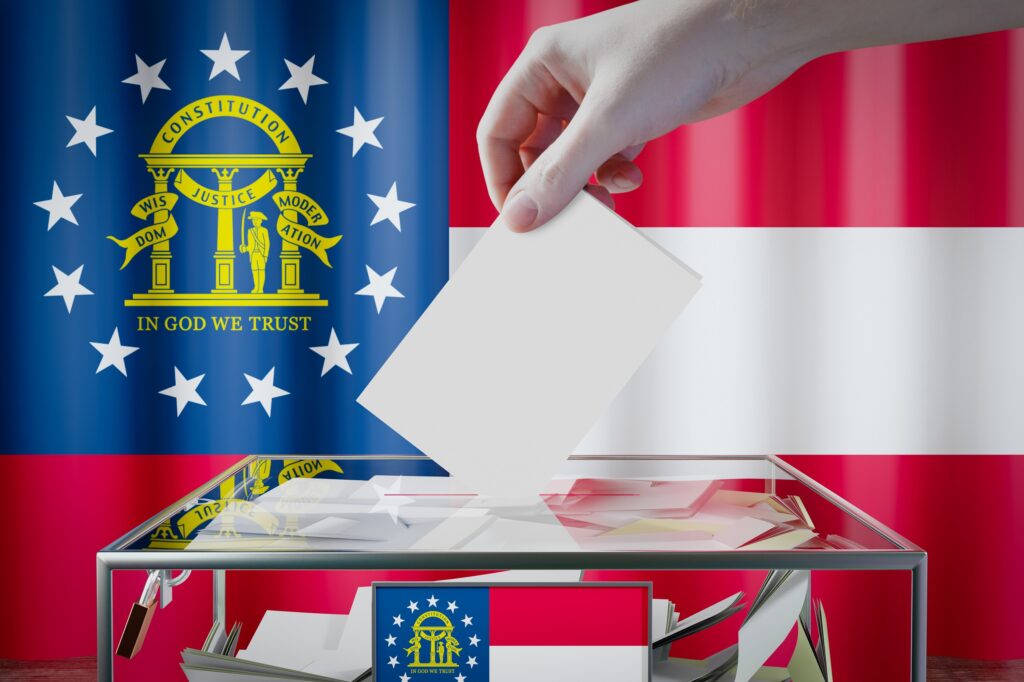Pathways to competition in demand response
Demand response (DR) holds great promise to improve the competitiveness, reliability and environmental performance of the electricity system. DR refers to a system under which end-use customers earn compensation in exchange for an immediate reduction from their normal consumption patterns in the amount of electricity they use. Customers could reduce or shift their demand in response to an economic signal, such as a spike in wholesale prices, or an instruction from the grid operator, such as when grid reliability is threatened. DR comes in a variety of forms, including delaying the start of appliances or air conditioning, dimming lights or turning off factory machines.
DR helps to create healthier electricity markets by encouraging demand fluctuations to respond to grid conditions. Grid conditions can change significantly and rapidly – even in a matter minutes. Since grid operators must balance electric supply and demand instantaneously, a predictable or controllable reduction in demand can provide large market benefits, such as mitigating price spikes or the exercise of market power by power suppliers. DR can provide reliability value to the grid by ensuring total demand does not exceed supply.
The greatest value of DR is in reducing the need for costly infrastructure investments. Power plants and transmission systems are capital-intensive and must be sized to meet peak demand. Peak demand rarely is realized, so these large expenses support infrastructure that is used infrequently. DR can reduce peak demand and avoid those expenses. It also can help reduce the need for investments in backup generation that support the integration of renewable energy sources with variable output, like wind and solar









